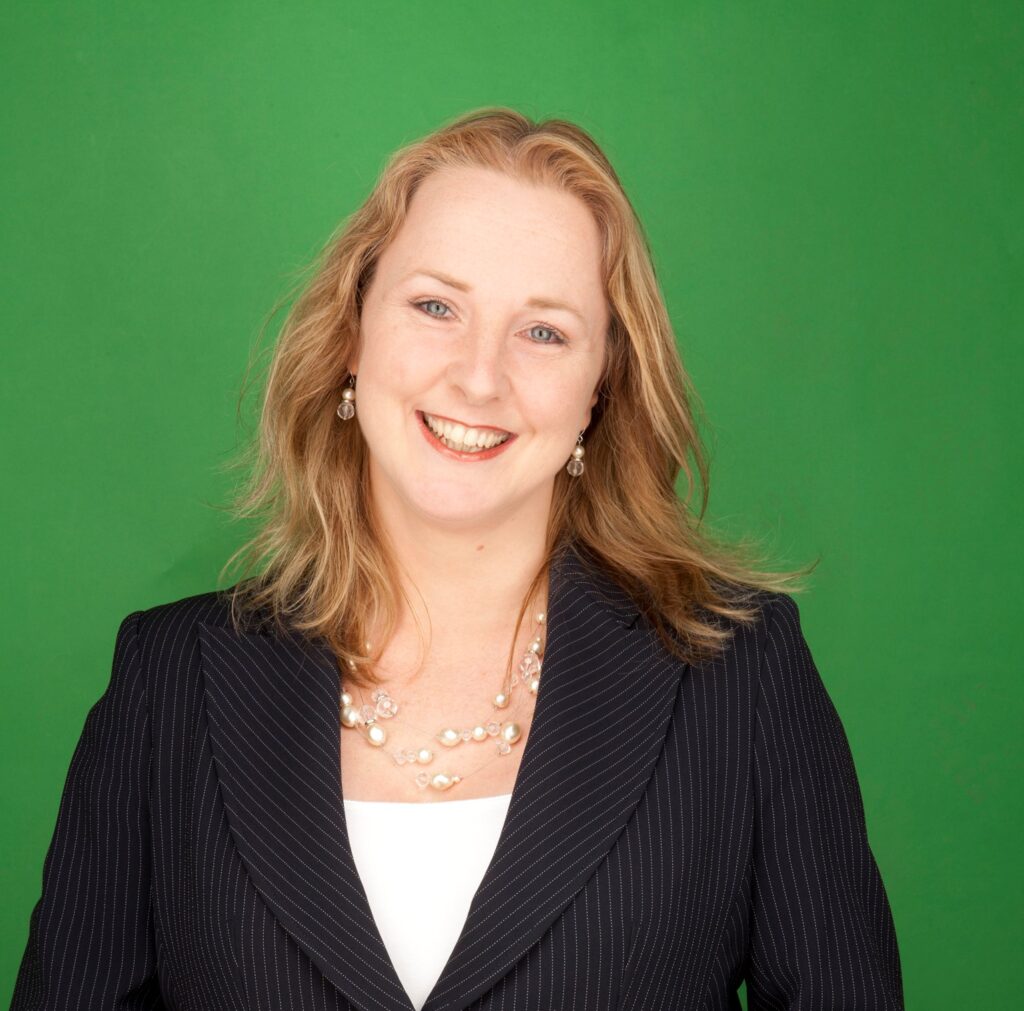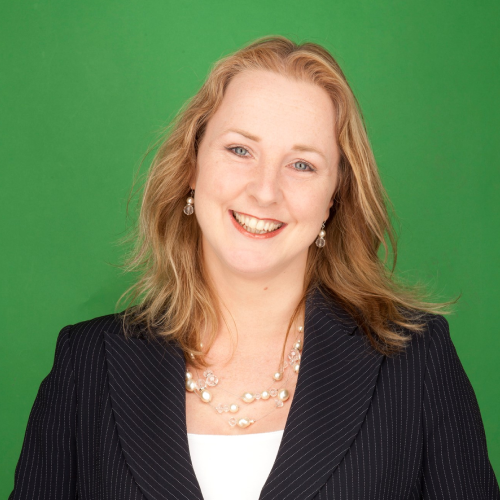

The University of the Arctic isn’t a university as we know it, so can you explain exactly what it is?
“UArctic is a network of universities, colleges, research institutes and other organisations that are all concerned with education in and about the North. The partners come together to use their knowledge to address local and global challenges which are of particular relevance to Arctic peoples and societies. They do this by providing unique and educational research and innovation opportunities through collaborations within a powerful network of member institutions.
Currently, we have 199 members, 64 thematic networks and 149 north-to-north exchanges. That is as of 2023. COIL/VE projects constitute a new branch of the work we do, and we encourage others to get involved.
Our motto is – ‘With shared voices’
You speak about issues that are relevant to people of the North, so what are those issues, and why does the Arctic matter?
“The Arctic matters because it is the place where the impact of climate change is felt the most. The area is only home to a fraction of the world’s population, yet it contributes nearly 20% of globally imported resources. These include: minerals, energy, fish, fresh water, and the most pristine nature. These elements illustrate its interdependence with the rest of the globe. The Arctic is a vital region for the world.
And UArctic has a key role in ensuring those outside the region understand northern realities.
Are all your partners located in the Arctic?
“Some of our partners are within the Arctic Circle region. But many partners are located further south, yet still within the northern hemisphere. Robert Gordon University, where I work, is in Aberdeen, Scotland, and we are a member of UArctic too.
So, we have far-reaching and very strong connections with other parts of the world, including the southern hemisphere. I’m thinking of the Himalayan University consortium, for example.
UArctic has had conferences in Japan, so I think we can say that it has a global outlook but focuses on Arctic-related issues.“
Tell us about the role of COIL/VE for Indigenous education at UArctic
“In 2024, our thematic network was endorsed and is entitled ‘COIL@UArctic’. The intention of introducing COIL/VE is to make it easier for students in the north (and all around the globe for that matter) to connect together on COIL projects that are designed to address some of the challenges associated with the Arctic region.
So, global warming and most of the UNSDGs (United Nations Sustainable Development Goals) come under that kind of umbrella. Wherever you might live in the world, the UN SDGs are something that most of us are fairly familiar with. And they constitute topics most students will have to consider at some point during their course. COIL/VE can be very interdisciplinary and works well as a pedagogical approach for allowing students to collaborate virtually.”
What is the Added Value of COIL/VE?
“Physical mobility is challenging for many students who live in the Arctic region. Introducing COIL/VE democratises mobility for those who wouldn’t be able to travel. Thus, it enables them to have intercultural contact and experiences during their course at university.
This in turn, enhances traditional group work skills. And those are the skills that employers love: teamwork, coping with time-zone differences and intercultural sensitivity, digital competences, empathy, interpersonal communication. All of these things improve employability chances by exposing those students to a more global workspace.
A high number of students will likely have to work across geographical boundaries in the future, therefore university is a good, safe space to start being exposed to other cultures and customs. Most of our COIL projects do focus on the UN SDGs, as these are deemed critical for the Arctic region.”
Indigenous voices for COIL/VE
“When we began creating the COIL programmes, it was really important to do it with an Indigenous perspective in mind. For this reason, we employed an Indigenous consultant, Heather Sauyaq Gordon, who helped us to develop a fantastic resource within the website. This resource includes a comprehensive introduction to Indigenous peoples.
You can find information on languages and definitions, knowledge and communications, colonialisation and settler colonialism. Also, you can find out about Indigenous sovereignty and the rights of Indigenous peoples. The available resources also cover Regional colonial policy context and a general understanding of history, culture and Indigenous knowledge.
There is also a comprehensive reading list including various academic considerations to dip into. Our consultant, Heather, also produced resources around the ethical concerns surrounding the teaching and research on Indigenous peoples. These include thoughts on how to build an ethical partnership, about the co-production of knowledge and what that actually means, ethical knowledge sharing and verbal communication and language – plus written style guides.
I firmly believe all this has value beyond COIL, and I would encourage anyone who is interested to come and take a look at these resources.“
What does the future look like for COIL/VE at UArctic?
“Our COIL network launched about a year ago. I had a lot of help from colleagues from partner institutions around the North to set up the network. In that time, we’ve run several training webinars for UArctic partners on COIL. And the website includes a space where partners can post ideas for COIL projects and where they can hopefully find a match to carry out the project.
There have been some really good projects so far. The Yellow Tulip Project springs to mind. This is a charitable initiative to help manage the stigma attached to mental health issues. So, we ran a project with partners around the world with this as a theme. There are many opportunities for getting involved in our project, so do reach out to me at i.c.crawford@rgu.ac.uk as we want to encourage more partners and courses. You can find me on LinkedIn, too.
What are some key points to bear in mind going forward?
“Critical Virtual Exchange” is an emerging area within the COIL theoretical body of knowledge, and UNICollaboration’s Mirjam Hauck is a world leader in this. Going forward, this is going to be particularly important for us here at UArctic.
Imposing existing models is not something we wish to do here. For this reason, we want to rethink and reimagine how we do COIL in a co-produced manner. This is to ensure that any new tools we introduce – like AI, for example – are not going to disadvantage or disempower the voices of those who might otherwise be excluded from doing this kind of activity. Taking a critical approach to what we are doing to improve and enhance the way that we do COIL/VE is fundamental to how we work.“
